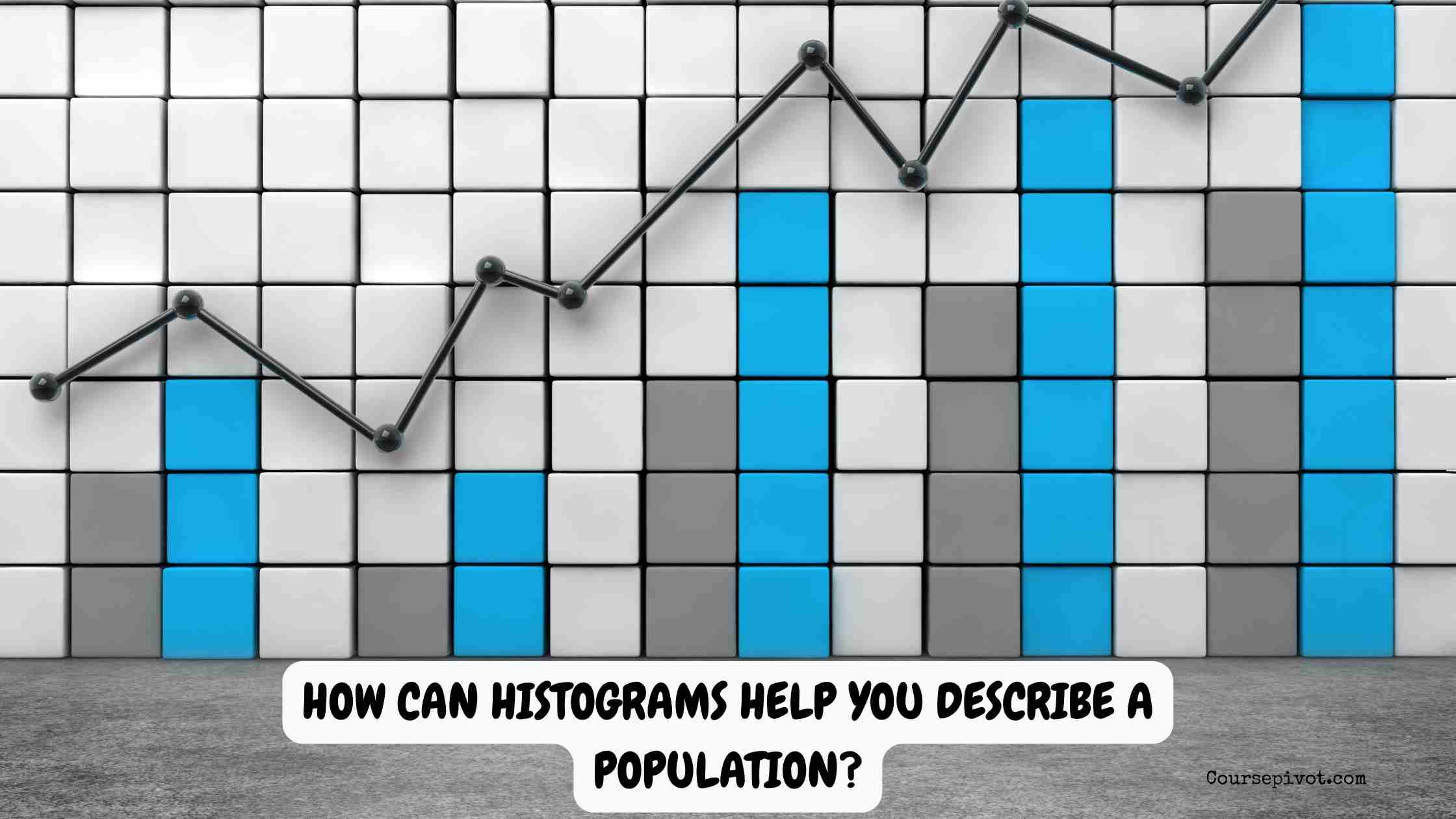
How Can Histograms Help You Describe a Population?
Ever wondered how to make sense of a group’s characteristics? I’ve puzzled over data sets, trying to see the bigger picture. Histograms are powerful tools that reveal a population’s story in a clear, visual way. In this article, I’ll explore five key ways histograms help you describe a population, drawn from my own experiences analyzing data. These insights can simplify complex information. Let’s dive into how histograms can help you describe a population effectively.
Table of Contents
Have you ever stared at numbers and felt lost? A histogram can turn that chaos into clarity. Ready to uncover the five ways histograms illuminate population traits?
Data can feel overwhelming without the right tools. I’ve found histograms to be like a flashlight, showing patterns others miss. Let’s see how they bring populations to life.
1. Show Distribution Shape
Histograms reveal how data spreads across a population. This is a core way histograms help you describe a population. I’ve used them to spot trends at a glance.
- Bell-shaped curves. They show if data clusters around a mean, like test scores.
- Skewed patterns. They highlight uneven spreads, like income levels.
- Bimodal peaks. They suggest two distinct groups within the population.
Why does shape matter? It tells you if a population is uniform or varied. Understanding this guides better analysis.
2. Highlight Central Tendency
A histogram shows where most data points lie. This is a vital way histograms can help you describe a population. I’ve seen them pinpoint averages clearly.
- Mean visibility. The peak often aligns with the average value.
- Median insight. You can estimate the middle value visually.
- Mode detection. The highest bar shows the most common trait.
Why focus on the center? It summarizes the population’s typical characteristics. This helps you grasp the norm.
3. Identify Outliers
Histograms spot extreme values that stand apart. This is a key way histograms help you describe a population. I’ve noticed outliers reveal unique cases.
- Far-off bars. Data points far from the main cluster pop out.
- Anomaly detection. They show rare traits, like unusually high ages.
- Impact assessment. Outliers may skew analysis if ignored.
Why care about outliers? They can distort your understanding or highlight special cases. Spotting them ensures accurate descriptions.
4. Compare Subgroups
Histograms let you compare different population segments. This is a powerful way histograms can help you describe a population. I’ve used them to contrast groups side by side.
- Overlay histograms. They show differences, like male vs. female heights.
- Side-by-side bars. They clarify subgroup trends, like age groups.
- Pattern contrast. They reveal if subgroups behave similarly.
Why compare subgroups? It uncovers diversity within a population. This adds depth to your analysis.
5. Assess Data Spread
Histograms show how varied a population’s traits are. This is a crucial way histograms help you describe a population. I’ve found them great for measuring consistency.
- Wide vs. narrow. Broad histograms indicate high variability.
- Range clarity. They show the full span of data, like salaries.
- Standard deviation hint. They suggest how tightly data clusters.
Why does spread matter? It reveals if a population is uniform or diverse. This shapes how you interpret the data.
- Read our blog on Describe What Sanctions Are and Why They Are Needed
What’s Next for You
Understanding how histograms can help you describe a population unlocks the power of data. I’ve been amazed at how these simple charts reveal so much. These five ways—showing distribution, highlighting central tendency, identifying outliers, comparing subgroups, and assessing spread—make populations easier to grasp. Whether you’re analyzing ages, incomes, or test scores, histograms bring clarity. Will you keep struggling with raw data, or use histograms to see the story?
Here’s how to get started:
- Gather data. Collect accurate population metrics first.
- Use software. Tools like Excel or Python can create histograms.
- Analyze patterns. Look for shapes, peaks, and outliers.
Histograms turn numbers into insights. They’re your key to describing populations vividly. Start using them today to unlock data’s secrets.
Cite this article
You can copy and paste your preferred citation format below.
Martin, L. & Arquette, E.. (2025, May 29). How Can Histograms Help You Describe a Population?. Coursepivot.com. https://coursepivot.com/blog/how-can-histograms-help-you-describe-a-population/



